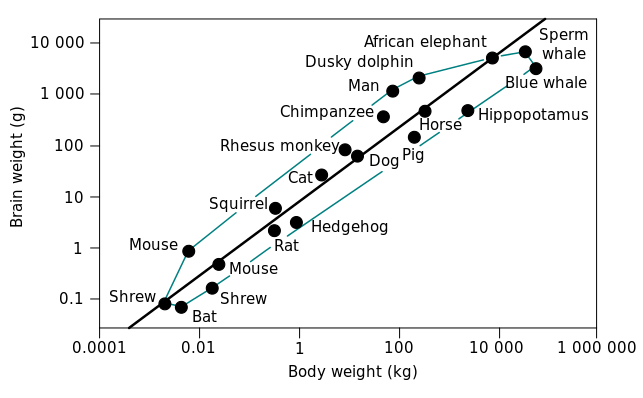Here we show how the Third Evolution shares many characteristics with the Second Evolution: blindness, randomness, digital basis, unicity, diversity, the role of the environment, inheritance. Today we will look at unicity.
The Unicity
The Universe (First Evolution) is unique. Wherever we observe the Universe, it looks statistically homogeneous. The laws of physics seem to apply everywhere: the transition levels of hydrogen are always the same wherever we measure them, except for the effects of light propagation (whether gravitational, such as lensing or redshift, or electromagnetic). The physical constants apply to the whole universe and are constant in time. At present, the best explanation we have is at the very beginning of the universe, when a period of inflation allowed all parts of the known Universe to be connected.
Life (Second Evolution) is unique. Every cell of a living organism uses the same DNA-based replication system. This may not have been the case in the beginning: there may have been an RNA-based system, or even a simpler one. But this has disappeared and there is only one form of life on Earth today.
The Third Evolution is carried by the human species. It is now established that Homo Sapiens (HS) is a unique species. For example, the close cousin Neanderthal species has disappeared. The human brain has emerged from the Second Evolution, but something different is now happening: problem solving is no longer left to the slow process of life-based tinkering evolution. Artifacts and writings are now spreading massively, outside of living organisms. They are produced by only one species: Homo Sapiens. Scientists have shown that HS is quite special, not in brain mass, but in the ratio of brain mass to total mass.
On that measurement rod, mice and dolphins fare as well as humans! An even better predictor of "intelligence" is now thought to be the fore-brain neuron count.

No comments:
Post a Comment